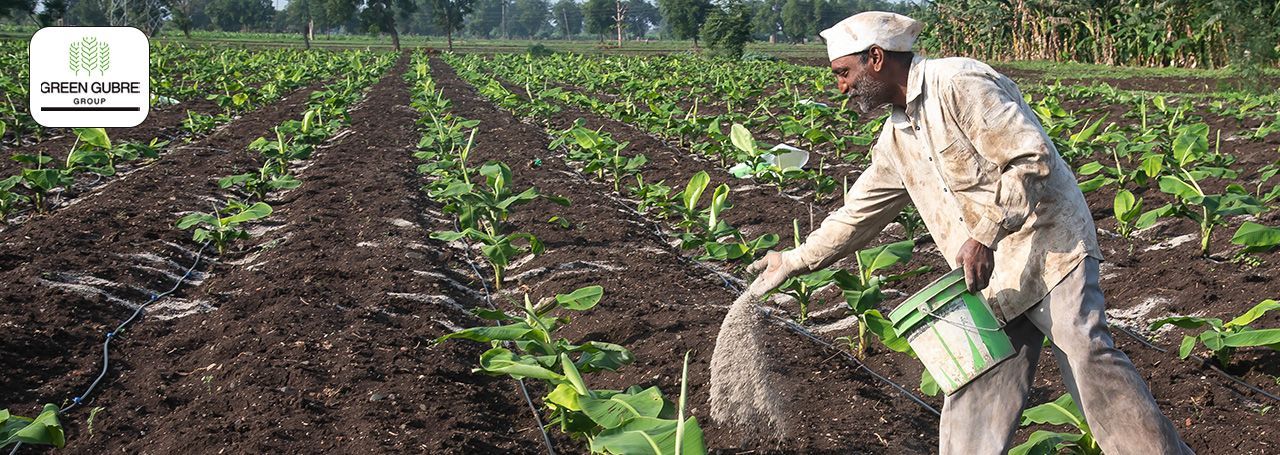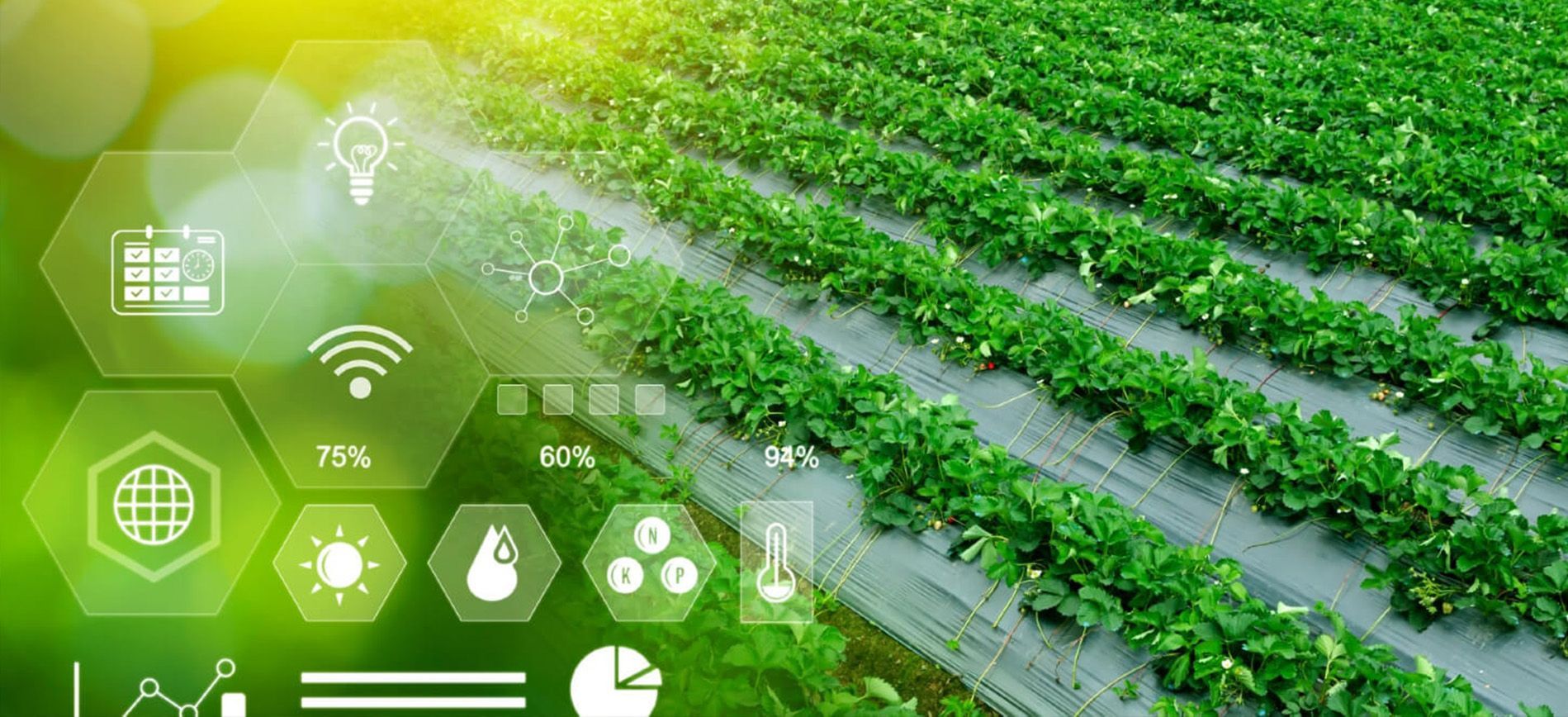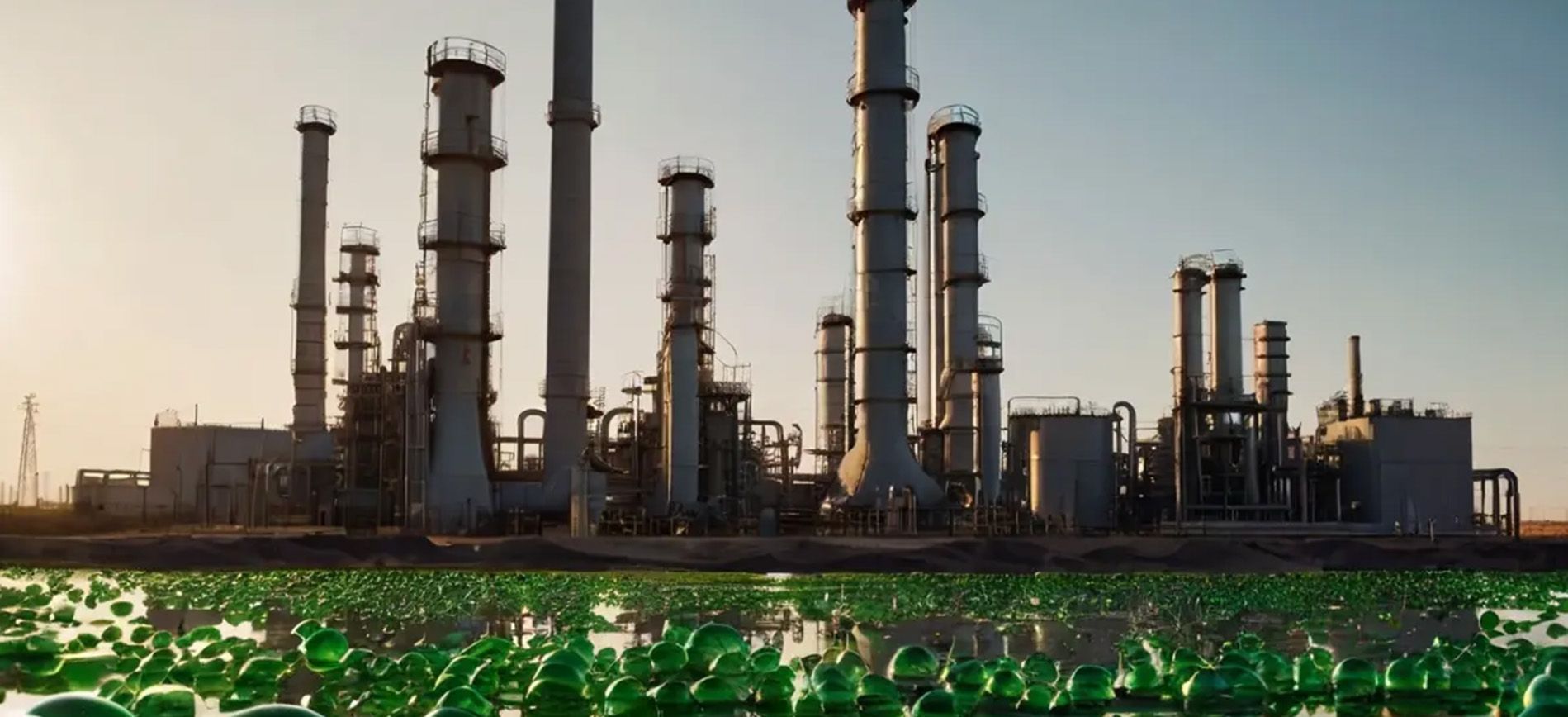Innovative Approaches to Fertilizer Distribution in Africa
Innovative Approaches to Fertilizer Distribution in Africa

For Africa’s agricultural sector to thrive, effective fertilizer distribution systems are crucial. With unique challenges like remote farming locations, infrastructure gaps, and smallholder-dominated farming communities, innovative distribution methods can bridge accessibility gaps and empower African farmers to improve yields. This blog explores advanced approaches to fertilizer distribution, the role of technology in streamlining supply chains, and the impact of improved distribution on sustainable agricultural development.
1. The Current State of Fertilizer Distribution in Africa:
Fertilizer distribution in Africa faces various hurdles, from inconsistent road networks to high logistics costs. Most African farmers, particularly smallholders, operate in rural regions where infrastructure is limited. This lack of accessibility impacts fertilizer availability, limiting farmers’ ability to adopt high-yield practices and threatening the continent’s food security.
- Infrastructure Challenges: Underdeveloped roads, limited storage facilities, and high transportation costs contribute to fertilizer scarcity in remote areas. Farmers in such regions often pay higher prices, reducing their access to essential resources.
- Impact on Crop Productivity: Inconsistent access to fertilizers reduces crop yields, particularly for staple crops like maize, rice, and cassava, which are essential for food security. Bridging these distribution gaps is key to supporting African farmers and ensuring reliable food production.
2. Leveraging Technology for Efficient
Fertilizer
Distribution:
Technology is transforming agricultural distribution networks in Africa, helping reduce logistical bottlenecks and increase efficiency. Digital platforms, mobile ordering systems, and precision logistics are some of the innovations driving change in fertilizer distribution.
- Mobile Ordering Platforms: Mobile apps allow farmers to place orders directly, enabling them to access fertilizers without intermediaries and reducing delivery times. These platforms often feature multilingual interfaces, making them accessible to diverse farming communities.
- Precision Logistics and GPS Tracking: GPS-enabled logistics platforms allow suppliers to monitor and optimize delivery routes, reducing transit times and fuel costs. Precision logistics also help streamline inventory management, ensuring fertilizers reach storage points in remote locations efficiently.
- Blockchain for Transparent Transactions: Blockchain technology enhances transparency in the supply chain by securely tracking transactions from the producer to the end-user. This can minimize fraud, ensure product authenticity, and build trust with farmers.
3. Community-Based Distribution Models:
Community-based distribution involves setting up fertilizer distribution centers in local communities, making fertilizers more accessible to smallholder farmers. These models leverage local knowledge, trusted networks, and cooperatives to facilitate fertilizer delivery and ensure farmers receive quality products.
- Partnering with Farmer Cooperatives: Farmer cooperatives can act as distribution hubs, pooling resources to purchase fertilizers in bulk, reducing individual costs, and ensuring continuous supply. This model fosters collaboration and improves distribution efficiency.
- Village-Level Storage Centers: Localized storage centers within farming communities minimize the need for long-distance transport and reduce spoilage risks. Farmers benefit from immediate access to fertilizers, particularly during critical planting periods.
- Trained Local Agents for Fertilizer Sales and Education: Training local agents in fertilizer distribution and usage best practices enables them to serve as both suppliers and knowledge resources, empowering farmers to apply fertilizers effectively for optimal results.
4. Public-Private Partnerships for Expanding Access:
Government and private sector collaboration is vital for expanding fertilizer access across Africa. Public-private partnerships (PPPs) can help develop distribution infrastructure, establish fertilizer subsidies, and support local businesses in scaling distribution networks.
- Investing in Transportation and Storage Infrastructure: By partnering with private investors, governments can develop critical road networks, warehouse facilities, and transportation fleets dedicated to agricultural distribution, reducing logistical challenges.
- Subsidy Programs to Lower Fertilizer Costs: Fertilizer subsidies make essential nutrients more affordable, allowing more farmers to participate in productive agriculture. PPPs focused on subsidies have proven effective in several African nations, promoting fertilizer adoption across smallholder farming communities.
- Supporting Local Entrepreneurs and Small Businesses: Funding programs that encourage local entrepreneurs to enter the fertilizer distribution market create job opportunities and strengthen distribution networks. These businesses serve as key distribution points, supporting reliable access for farmers.
5. Benefits of Improved
Fertilizer Distribution for African Agriculture:
Effective fertilizer distribution empowers African farmers, supports sustainable agriculture, and boosts productivity across the continent. When farmers have access to fertilizers, they can adopt high-yield farming practices, increasing both productivity and profitability.
- Increased Crop Yields and Food Security: Access to fertilizers enables farmers to cultivate nutrient-rich soils, promoting healthier crops and higher yields. As yields increase, food security improves, particularly in areas vulnerable to climate fluctuations and soil depletion.
- Reduced Post-Harvest Losses and Optimized Resource Use: With reliable fertilizer access, farmers can synchronize planting schedules with optimal soil conditions, maximizing productivity and minimizing waste. This also reduces the need for excessive land clearing, supporting sustainable land use.
- Enhanced Rural Economic Growth: Fertilizer distribution improvements create local job opportunities and promote economic activity within rural communities. As farming productivity rises, rural economies become more resilient, contributing to national economic development.
Conclusion:
Innovative fertilizer distribution methods are key to unlocking Africa’s agricultural potential, supporting rural farmers, and improving food security. By leveraging technology, adopting community-based models, and fostering public-private partnerships, Africa can address distribution challenges and enable farmers to access quality fertilizers. Enhanced distribution infrastructure benefits smallholder farmers, empowers local businesses, and strengthens Africa’s commitment to sustainable agricultural development.




